Judging by recent news, the so-called higher education wars are about to go nuclear, as the Trump administration targets diversity, equity, and inclusion efforts and threatens to shutter the Department of Education.
For all the attention these partisan fights receive, what often goes unnoticed is the reality that they are symptomatic of deepening polarization and creeping illiberalism on both the left and the right, especially among cultural and political elites. Both factions’ attempts to save higher education from their ideological opponents only undermine higher ed’s integrity and threaten to torpedo a growing cross-ideological and bipartisan coalition to shore up colleges and universities.
As the conflict enters a new phase, it is worth taking a step back to survey the landscape. Social scientists have for years called attention to the deepening polarization of American society, which has severely warped American political life. But even as left and right grow more entrenched, the ideological spectrum is no longer a straight line. “Horseshoe theory” holds that the far left and the far right, especially among elites and activists, bend back toward each other and appear increasingly alike in their embrace of illiberal uses of power to achieve supremacy.
Higher ed is no exception.
To be sure, many of the elites in the higher education biome remain ideologically divided, and they increasingly occupy distinct ecosystems. They are, as I like to call them, the Progressive Establishment (PE) and the Conservative Insurgency (CI).
The PE is deeply entrenched on most campuses and dominates the commanding heights of elite universities. It enjoys alignment with most faculty and nearly all college administrators, whose ideology is overwhelmingly progressive. And it benefits from a dense network of trade associations, regulatory bodies, and state and federal bureaucrats.
The CI mainly consists of outsiders. One CI faction is focusing their energies on building a cadre of civic leadership schools and institutions to revitalize civic education. Another faction is less conservative and more revolutionary in their outlook, sometimes describing their efforts as “taking back” higher ed from the Progressive Establishment. This faction relies on leveraging Republican control of lawmakers, regulators, and governing boards to implement sweeping changes to hiring, curricula, and programming.
Neither the PE or CI are monolithic, and each has their own factions—some more moderate, some more extreme. Both have principled, serious professionals and good-faith actors who care deeply about higher ed.
I know, because I have met many of them.
As a former political science professor and now as a policy professional, I have extensively engaged with both the Progressive Establishment and the Conservative Insurgency and participated in many of their convenings. The institutions represented at these events have spanned the gamut of public and private universities, academic centers, think tanks, advocacy organizations, disciplinary associations, grassroots networks, foundations, and other nonprofits.
The PE and the CI occupy increasingly disparate ecosystems, and their convenings of thought leaders and stakeholders typically facilitate conversations among ideological allies rather than bridge-building with opponents. My time engaging with both sides revealed how they reflect the broader polarization of American society—but also, how much they are alike. And the similarities between the two factions remain overlooked by their members and unseen by the broader public. It’s time to pull back the curtain.
The resemblance comes into clear focus when comparing the rhetoric on display at the meetings of these two groups. First, the participants often speak passionately about their love for colleges and universities. While the groups certainly have differing ideological visions, they both view higher education as essential to the American democratic system and preparing the next generation of citizens and leaders.
Second, both the PE and the CI denounce the nascent (or full-fledged) authoritarianism of their ideological opposites. Both rant about how the other side suppresses dissenting voices, excludes minorities, and stifles open inquiry. Both deplore their opponents’ unscrupulous willingness to bend the rules to their advantage and to censor unorthodox views. Progressives complain about conservative book bans and conservatives complain about canceled speakers and professors.
Third, the PE and the CI protest each other’s supposed advantages. I heard leaders in both camps lament that the opposition is better funded and better organized. Some spoke of conspiracies to control higher ed. Predictably, the CI discusses the vast higher ed establishment. It’s the deep state, but for higher ed. Just as predictably, the PE worries about the hordes of Republican legislators and bureaucrats, and, of course, dark money.
But some of them saw a broader conspiracy. I have heard in various hotel conference rooms the same frustration agitating both sides: Look at them! They are all pulling their oars in the same direction. Why aren’t we organizing like them? So, the PE and the CI hold dedicated breakout sessions to talk strategy. We need to better coordinate our efforts. We need to network, share, collaborate, and mobilize.
Fourth, some among the PE and the CI display a lack of charity toward, and understanding of, their opponents. It’s the perception gap, but for education elites. Perhaps nowhere is this truer than on DEI. Many in the Progressive Establishment cannot fathom any legitimate reasons conservatives would want to defund DEI programs, rein in progressive excesses, or attempt to rebalance programs and curricula. Commonly imputed motivations are racism and resentment.
On the other hand, many of the (overwhelmingly white) Conservative Insurgents at these events happily pile on the criticisms of DEI but engage in little discussion of alternative approaches to ensure campuses welcome and serve the needs of diverse student bodies. Instead, the CI gripes about how the PE wants to indoctrinate the next generation with an un-American, morally bankrupt leftist ideology.
Neither side seems terribly interested in engaging with the views and concerns of the other. And why should they? Why talk with racists or indoctrinators?
Some of the filters come off during cocktail receptions and dinners. At one evening conversation in July among a group of academics, I heard scorn and disdain for the ignorant Republican rubes who are destroying the country. At another, I heard about the nefarious elites who are conspiring to corrupt American culture by infusing it with Marxism and wokeism.
“As the left and the right increasingly reflect each other, it is time for each side to take a long, hard look in the mirror.”
Fifth, both the PE and the CI happily reach for the principles of free speech and open inquiry as a convenient shield (or sword) with which to combat their opponents. The PE censors conservative speakers but trots out free speech defenses when anti-Semites decide to pitch tents and riot on campus. Meanwhile, the CI decries progressive campus censorship but looks the other way when peaceful pro-Palestinian protests are shut down.
Neither coalition has a monopoly on free speech virtue—or hypocrisy. Neither side denies that free speech and academic freedom are good. But like the politically valuable and contested concepts democracy and fundamental rights, they have become political footballs. And whoever possesses the ball controls the game.
Sixth, both the PE and the CI think that, with sufficiently organized collective action and strategic acumen, they can implement their preferred policies. Yet their rhetoric demonstrates that many of them have forgotten that they live in a diverse country and will never be able to implement their agendas with impunity.
The PE forgets that its institutions often serve populations that are to the right of the average university professor or administrator. And while members of the PE sometimes think that they can outsmart and outmaneuver red state legislatures, they ignore the fact that those legislatures will remain Republican for the foreseeable future. On the other hand, the CI often believes that micromanaging tenure, censoring curricula, and shuttering DEI offices will change campus culture and rein in woke administrators and faculty—when in reality such actions will likely only infuriate the PE and galvanize a strong backlash.
As the left and the right increasingly reflect each other, it is time for each side to take a long, hard look in the mirror.
The upshot is that the most important fault line in the higher ed wars is not between the progressives and the conservatives, but between the ideological purists and the principled liberals. Americans have become accustomed to thinking of political society along a simple left-right spectrum. But increasingly, both in the higher education sector and broader American society, we can plot individuals along two dimensions: commitment to an ideological tribe and a commitment to the liberal tradition.
Horseshoe politics happens when ideologues care more about outcomes than procedures. And liberal democracy cannot survive without a shared commitment to upholding the procedures and norms essential to a just system that protects the rights of minority factions. But the Progressive Establishment and the Conservative Insurgency have donned ideological blinders that obstruct a clear vision of what this fairness requires. And this deficiency is symptomatic of a deeper illiberal disease.
For example, the CI seldom considers how it would respond if a Democratic legislature bypassed the norms of university governance and exercised raw political power to end academic programs the CI cherished and implemented policies it despised. Similarly, the PE never ponders what it would think if fortunes were reversed and the vast majority of faculty and administrators were populists and nationalists. This deficiency of moral imagination is symptomatic of a deeper illiberal disease.
We would all benefit from engaging in a mental exercise drawn from the philosopher John Rawls’ concept of the veil of ignorance. What sort of higher ed ecosystem would you like to live in, if you did not know whether your side had control of legislatures, governor’s mansions, state governing boards, college administrations, or faculty bodies? What sorts of norms, policies, and procedures would you agree to if you did not know whether you were in the majority or the minority within a given institution or a policymaking body?
These are hard questions, and (with apologies to Rawls) their answers are neither definitive nor dispositive. Yet, sincerely asking these questions is a sign of liberal virtue. Principled liberals do not have all the answers—only the intellectual humility and honesty that enables them to act with integrity.
Some among the PE and CI find this thinking to be naïve. I have heard individuals from both camps argue, quite understandably, that fairness is a dangerous handicap. Why play fairly when the other side exploits its own unfair advantages? Why abide by norms and procedures and self-limit our own use of power when the stakes are so high?
It turns out that horseshoe politics is a giant collective action problem. Why lay down one’s most powerful political and cultural weapons when you think the other side will not lay down theirs? The perceived threat of mutually assured destruction makes arms reduction difficult, and it makes cooperation nearly impossible.
Fortunately, over the past decade we have seen a growing cross-ideological and bipartisan coalition of principled liberals who are committed to working together to reform and strengthen higher education. Many organizations could be listed—and to be sure, they have their differences. Yet they all share a commitment to strengthening the integrity of colleges and universities so that they might better fulfill their academic and civic missions: to discover and disseminate knowledge through robust open inquiry and to prepare students for democratic citizenship in a diverse society.
But this emerging liberal alliance is in danger of being caught in the crossfire of the higher ed wars, which undoubtedly will heat up in the coming months. This coalition must compete with ideological warriors, whose activities suck up valuable intellectual energy, public attention, policymaking capacity, and financial resources.
Of course, some elements within the PE and the CI will never stand down, and we should not expect their disputes to subside. Higher education will continue to be, as it always has been, a contested space. Nonetheless, both sides need to do better. This means doing more than just pushing back against the illiberal views and policies of their ideological opponents. Indeed, they should deal with the illiberal factions within their own ranks and find common cause with the growing liberal coalition of reformers.
Reinvigorating the norms of civil discourse and open inquiry will never be achieved if the Progressive Establishment and the Conservative Insurgency remain incorrigibly embroiled in a power struggle. If the higher education community cannot do better, then we cannot expect colleges and universities to thrive—and to effectively raise the leaders of a free and flourishing society.


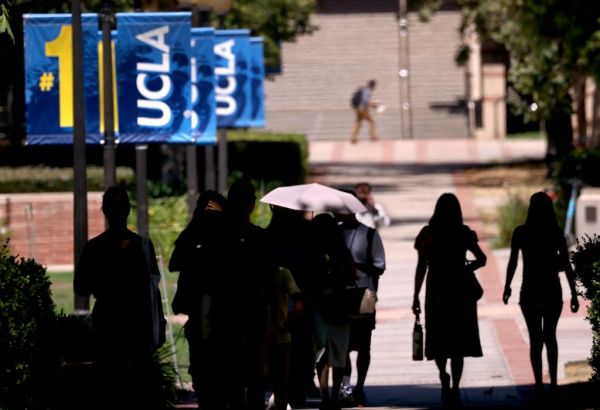
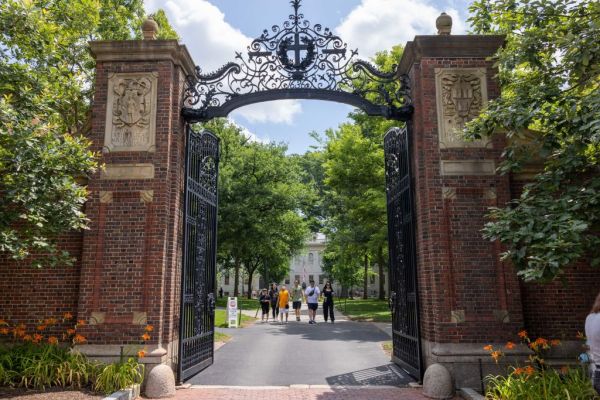
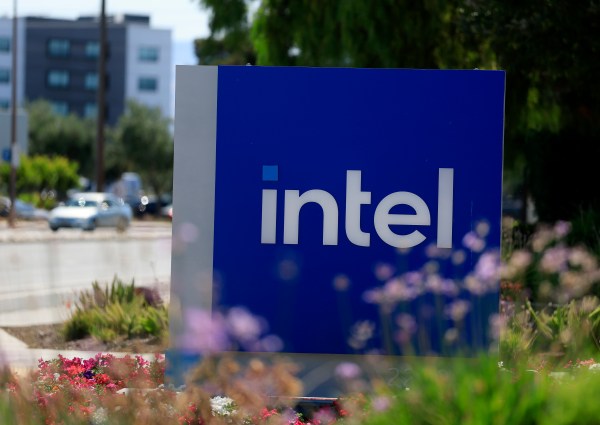
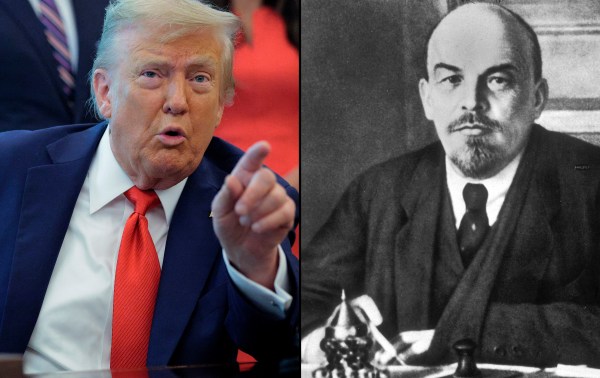
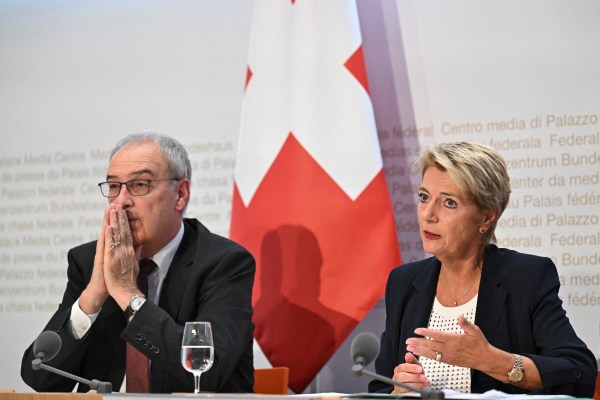
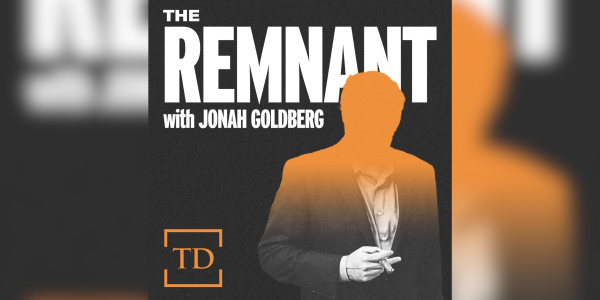
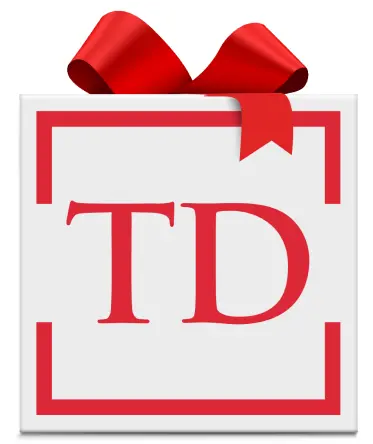
Please note that we at The Dispatch hold ourselves, our work, and our commenters to a higher standard than other places on the internet. We welcome comments that foster genuine debate or discussion—including comments critical of us or our work—but responses that include ad hominem attacks on fellow Dispatch members or are intended to stoke fear and anger may be moderated.
With your membership, you only have the ability to comment on The Morning Dispatch articles. Consider upgrading to join the conversation everywhere.